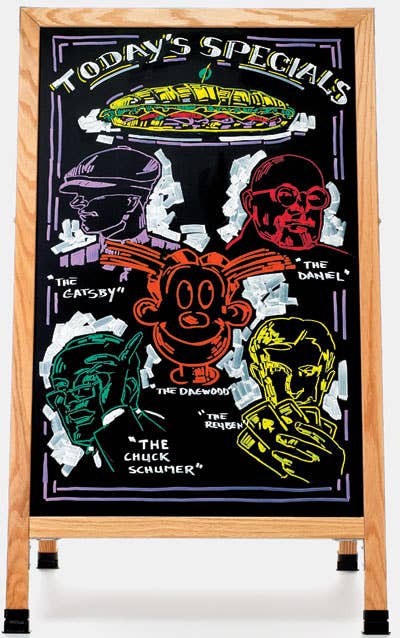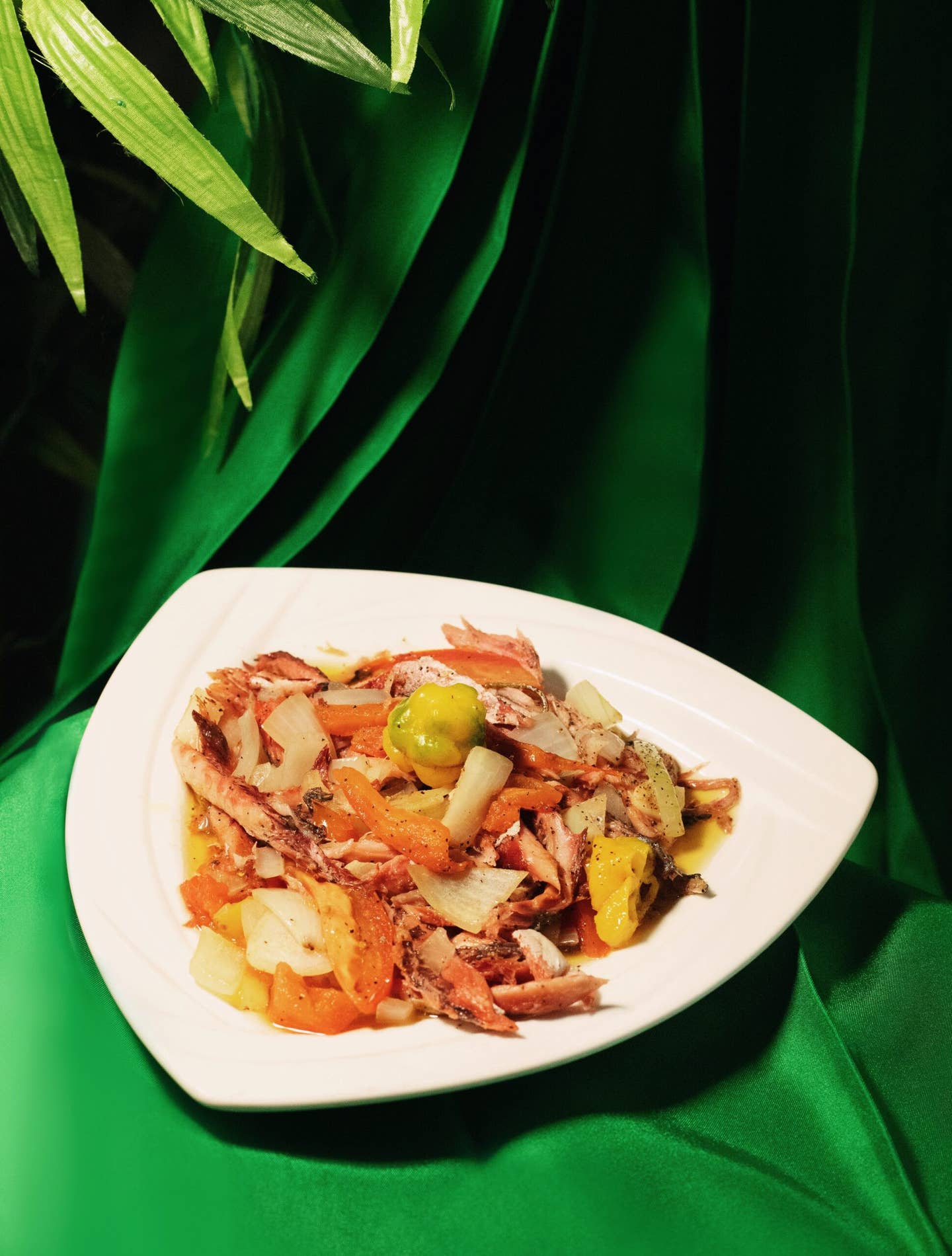
Say My Name: One Man’s Quest For Sandwich Immortality
No finer tribute exists than to have one's name associated with a sandwich. The term sandwich itself is a tribute (to the late earl; see below), and the name is now known in nearly every language. Sandwiches are more than merely food—they are our friends. They go where we go, in paper sacks, lunch boxes, briefcases, backpacks. They identify who we are. In first grade, at the Louis B. Nettelhorst School, in Chicago, I learned that kids of Italian heritage held a substantial sandwich advantage over kids from a peanut butter and jelly background. Sandwich swapping is how we first experience other people's cultures and family traditions. Our sandwiches are us.
As they are our friends, we give them names: hero, hoagie, club, French dip. But great and iconic sandwiches take the names of great and iconic people. There's the Dagwood. The behemoth from South Africa is called the Gatsby I have yet to try an Elvis—peanut butter, banana, and sometimes bacon, fried in butter. Knowing how The King wound up, and having certain tendencies myself, I want to put it off as long as possible. And who was Reuben, whose namesake is a griddled heap of pastrami or corned beef and sauerkraut on rye? Was it Reuben Kulakofsky a grocer from Omaha, or Arnold Reuben, who owned a famous restaurant called Reuben's in New York during the 1900s? Scholars are still fighting this out.
This same Arnold Reuben was an early practitioner of creating honorific sandwiches based on the tastes of celebrity patrons, including Al Jolson (raw meat, raw egg, chopped onion), Frank Sinatra (cream cheese, bar-le-duc currant jelly, tongue, sweet pickle), and Milton Berle (cream cheese, turkey, bar-le-duc—the $14-an-ounce bar-le-duc having had a bit of a vogue back in the day). Some eponymous sandwiches are merely promotions by restaurateurs—they create a dish and assign it a famous name. I, for one, think it highly unlikely that Dolly Parton habitually ordered twin rolls piled high with pastrami and corned beef at the Stage Deli in New York City.
I once attempted sandwich immortality, shortly after I left my hometown of Chicago, where I cannot remember eating anything good that wasn't a sandwich. I found myself in a high-tone Eastern college, where there were different folkways and customs. The kids wore loafers and sport jackets and did not put grease in their hair. A milkshake was called a frappe. They drank birch beer. It was a different world.
There was a popular sandwich served at the college snack shop called the Hergesheimer. It was a cheeseburger with grilled onions, bacon, and ketchup on toasted rye. An outstanding sandwich; I could eat one right now. Hergesheimer was a former student, and this was his order of choice. Nobody remembered him personally, but he's considered to have been a great man. I wanted to be a great man too. I wanted a reputation and, if possible, enduring fame. It was clear what I had to do: I had to get a sandwich named after me.
So night after night, I would enter the college coffee shop when it was crowded and request some unusual but delicious sandwich, such as grilled bologna on a toasted bagel with cream cheese, raw onion, and grape jelly (bar-le-duc not being available). The idea was that people would become curious and ultimately order the same thing: "Give me one like Daniel is always ordering," which is a short step to christening the Daniel.
It never happened. I left the place as I had come—an anonymous schnook. In later years, I did finally receive the honor when my friend Steve Kilnisan, the proprietor of the Magic Fountain cafe, in Hoboken, New Jersey, named a sandwich after me: the Daniel, a pita with too much chili in it. As far as I know, nobody, including me, has ever ordered one. —Daniel Pinkwater, author of Lizard Music (New York Review of Books Collection, 2011)
Keep Reading
Continue to Next Story










